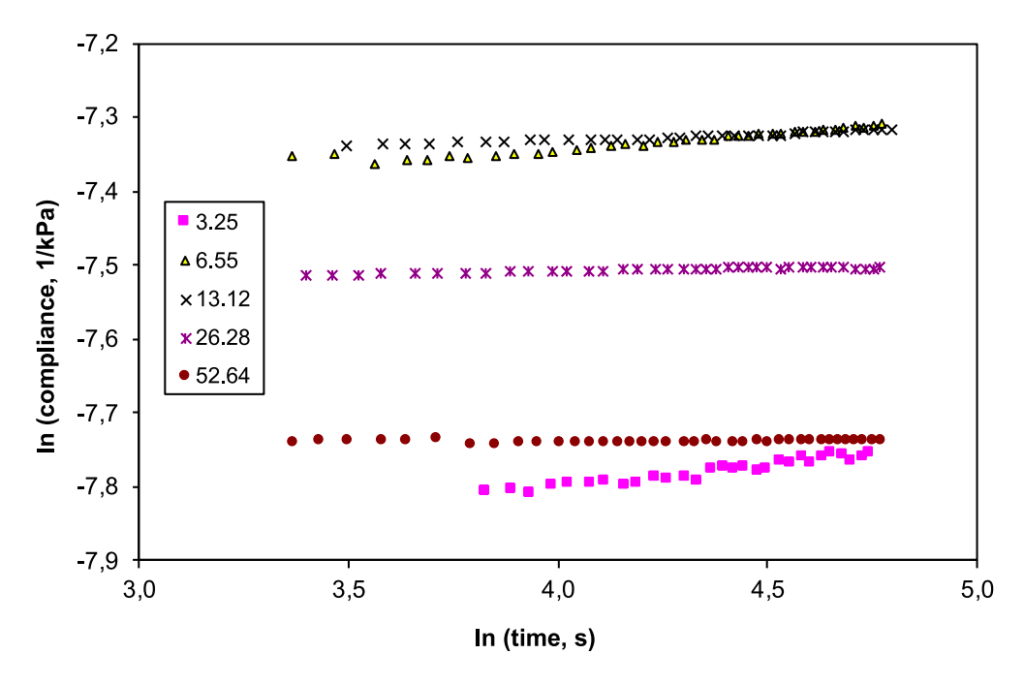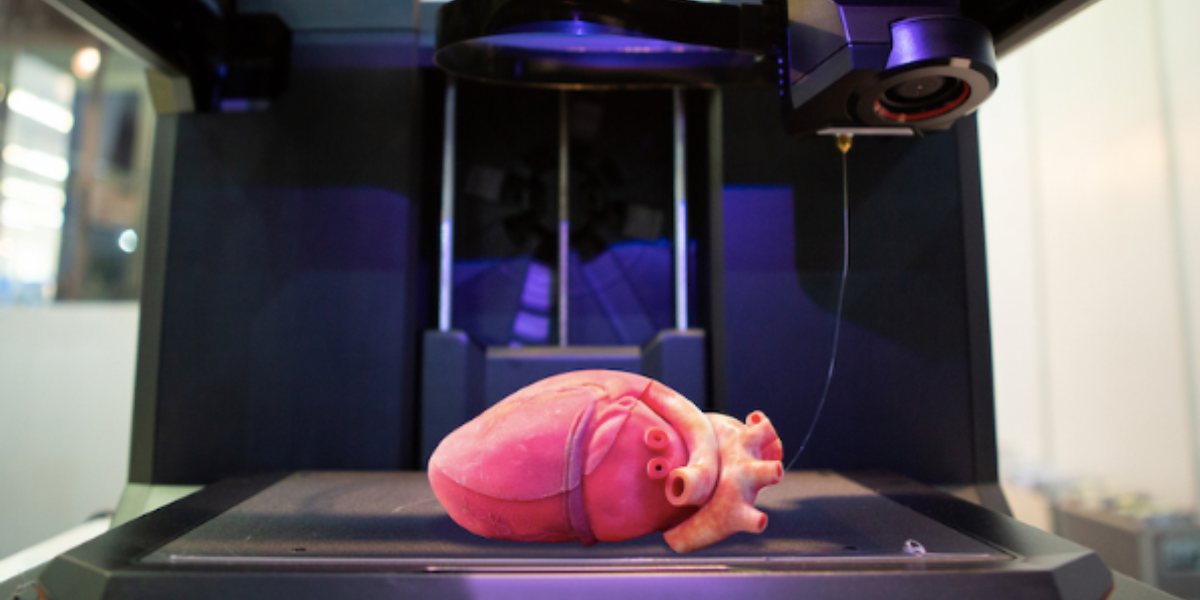When you walk into the DMV and get your license for the first time, you get asked an important question. Would you like to be an organ donor? Many people are unsure how to respond at first because they don’t understand what it entails; however, by diving deeper, one can truly understand the impact of this decision. According to the Health Resources and Services Administration, 17 people die each day waiting for an organ transplant. The amount of donations received per day is not enough to outweigh the need for the transplant, and lives are lost every day. However, with new technology and medicine, the world of 3D printing organs, biocompatible materials, and tissues has made tremendous strides in saving lives.
In this blog article, I would like to discuss three aspects of bioprinting organs: the various materials, the different types of printing, and the internal bodily reactions.
3D bioprinting tissues is a very complex matter, starting with the topic of materials. The first thing to consider when 3D printing tissues is the material with which the patients specific product will be constructed. This is a challenge as the compatibility of the material needs to work with the printing machine and the patient’s body. The most common materials used are categorized into two separate types. The first type is natural polymers like gelatin and collagen, and the second is synthetic polymers like polyurethane. Ph.D. student Saeedeh Vanaei explains in a review paper that natural polymers are advantageous because they have low solubility levels and are very vicious. Natural polymers produce fewer issues during production, leading to fewer patient complications. On the other hand, synthetic polymers are advantageous because they have high tensile strength and can break down into smaller parts.
There are many different types of 3D printing of these biological organs. However, the most used include extrusion-based models, laser-assisted models, and bio inkjet droplet-based. In this field of bioprinting tissues and organs, bioinks is a term used to describe these previously mentioned polymers used to make artificial organs/tissues. A study by Tao Xu at the University of Clemson found that bioprinting using inkjet is a viable option for reproducing living tissues in animals. This type of engineering will be duplicated in human tissues.

When a foreign intruder enters unknown territory, it is hard to determine the outcome. The same goes for the human body. It is almost impossible to match original tissues to 3D printed ones, and deadly complications can arise if the body doesn’t accept the foreign tissue. In their published study, Alexandra Zühlke and Michael Gasik performed creep tests that indicated the creep compliance of silicone bioprinted tissues. A creep test showes the changes and modifications a material undergoes when introduced to stresses. These tissues were placed under different stresses at various pressures. Their creep compliance can be seen in the figure to the left. The results concluded pressures that the foreign tissue would need to exert on the neighboring parts of the body to lead to the least amount of complications. These complications can lead to surrounding tissue dying and could likely result in the need to remove the bioprinted organ surgically.
Overall, considering the very high organ demand, 3D bioprinting these tissues gives hope and security to patients worldwide. For more information on this topic of the advancements of the technology 3D printing organ, please visit these two articles here and here.
